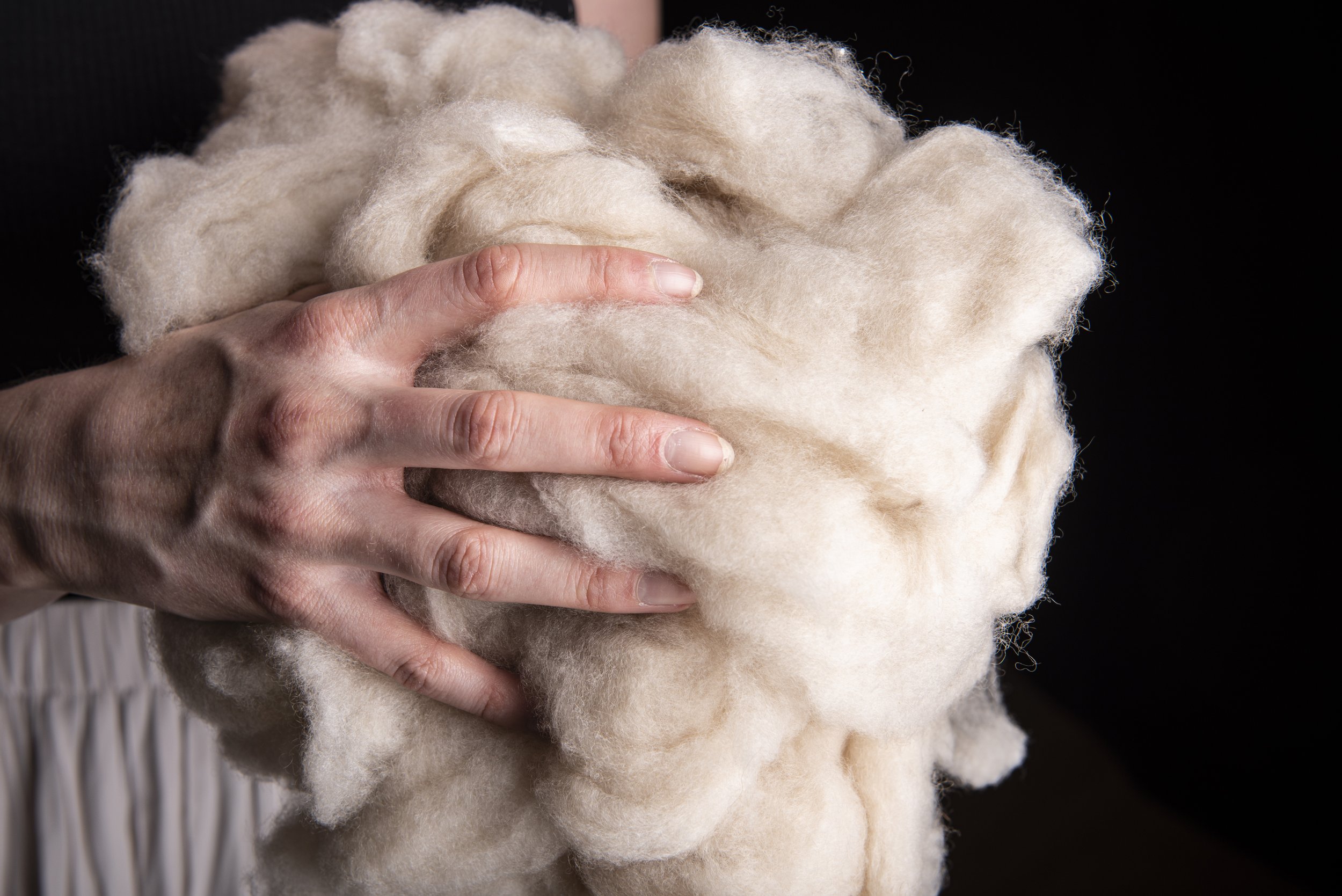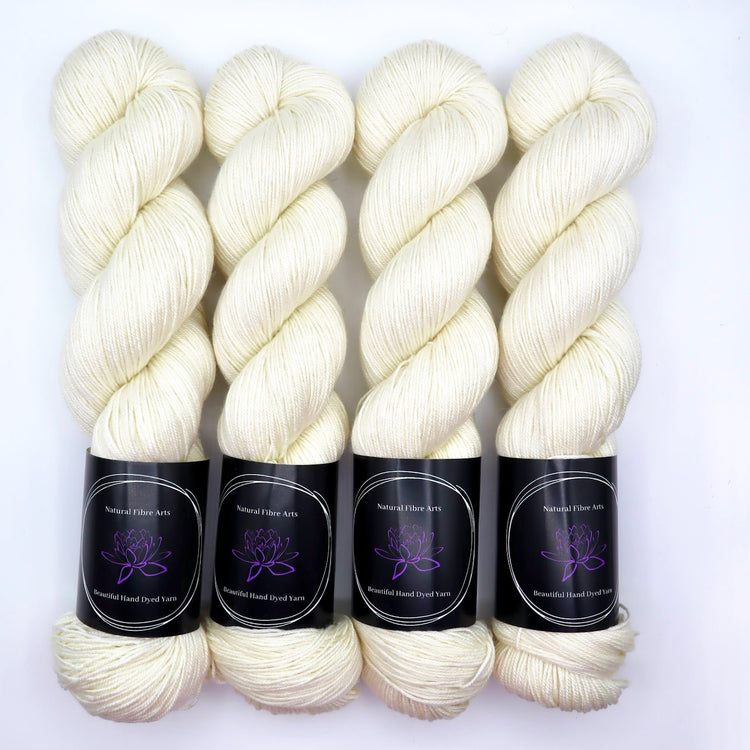How to Look After Your cashmere Garments and Keep Them In Top Condition
How to Look After Your cashmere Garments and Keep Them In Top Condition
Blog Article
Recognizing the Different Kinds Of Cashmere a Natural Fiber and Their Unique Advantages

The Beginnings of Cashmere: A Historical Review
While the elegant touch of cashmere continues to beauty modern customers, its origins trace back to the rough, chilly environments of Mongolia and the Himalayas. For centuries, the native peoples of these areas have actually been raising Capra Hircus goats, the prime source of cashmere woollen. These goats, durable versus the serious winters months, grew a great undercoat to survive, which later on became referred to as cashmere. The name itself admires Kashmir, an area in India where the woollen was at first refined. Much of the very early cashmere profession path was promoted by the Silk Road, connecting Asia with the Center East and Europe. Regardless of its global spread, the finest cashmere is still believed to originate from the original regions of Mongolia and the Himalayas.

The Manufacturing Process: From Goat to Garment
Shearing a Capra Hircus goat notes the creation of the elaborate cashmere production procedure. This delicate treatment generally takes place annually throughout spring. The fine, soft undercoat is after that divided from the coarser outer hair, a procedure called dehairing. The resultant raw cashmere is then cleaned to get rid of impurities such as oil, veggie, and dust issue.
The clean fiber goes through dyeing, spinning, and weaving, or knitting, to transform it into a material. Complex procedures like high quality control checks and ending up processes comply with, making certain the end product preserves the lavish requirement anticipated of cashmere. This painstaking procedure, from goat to garment, justifies the high expense connected to cashmere products, making them an icon of luxury and improvement.
The Different Sorts Of Cashmere: A Comprehensive Analysis

The Special Advantages of Cashmere: Convenience and Sustainability
Moving from the range of cashmere kinds to the advantages they provide, comfort and sustainability attract attention prominently. Cashmere, a natural fiber, is renowned for its unparalleled gentleness, giving a level of comfort that artificial fibers can't match. The product's agility, yet impressive warmth retention, makes it suitable for all periods. Cashmere's natural elasticity allows it to return to its original shape, making it resistant to shrinking or stretching.
When it pertains to sustainability, cashmere is renewable and biodegradable, as it's harvested from check this cashmere goats that regrow their layers each year. what is cashmere. Unlike synthetic fibers which can take centuries to decay, cashmere's impact on the setting is marginal. This combination of convenience and sustainability makes cashmere an advantageous choice for aware customers

Taking Care Of Your Cashmere: Maintenance and Conservation Tips
While cashmere is definitely a sustainable and extravagant option, it requires particular care to preserve its quality and prolong its life-span. To begin, cashmere should be hand washed utilizing cold water and a mild detergent. Cashmere items ought to be kept in a cool and dry area, away from straight sunshine and dampness.
Buying Cashmere: Recognizing Its Value and Worth
Although cashmere may at first look like a costly financial investment, its lasting worth and worth ended up being apparent when you consider its exceptional high qualities. Understood for its unequaled softness and heat, cashmere is a costs all-natural fiber that outperforms various other materials. Its high need and restricted supply add to its high cost, however its sturdiness ensures it lasts for many years, supplying exceptional worth for cash. Cashmere pieces are timeless, click this site often coming to be heirlooms passed down via generations. what is cashmere. Additionally, its all-natural protecting buildings supply warmth without the bulk of synthetic fibers. Investing in cashmere, consequently, is not almost current style fads, yet about welcoming a sustainable, resilient, and lavish way of life.
Conclusion
In summary, the type of cashmere one chooses, be it Mongolian, Chinese, or Italian, is dictated by individual preferences for heat, high-end, spending plan, and sustainability. Recognizing the origins, production procedure, and one-of-a-kind explanation advantages of various types of cashmere can assist consumers in their investment in this glamorous all-natural fiber.
Whether it's the outstanding heat of Mongolian cashmere, the price of Chinese cashmere, or the eco-conscious manufacturing of Italian cashmere, there's a story to be discovered behind each fiber type. Cashmere, a natural fiber, is renowned for its unmatched soft qualities, offering a level of convenience that artificial fibers can not match.When it comes to sustainability, cashmere is naturally degradable and sustainable, as it's harvested from cashmere goats that regrow their layers annually. Recognized for its unmatched gentleness and heat, cashmere is a costs natural fiber that exceeds various other products. Recognizing the origins, manufacturing process, and distinct advantages of different types of cashmere can lead consumers in their financial investment in this luxurious all-natural fiber.
Report this page